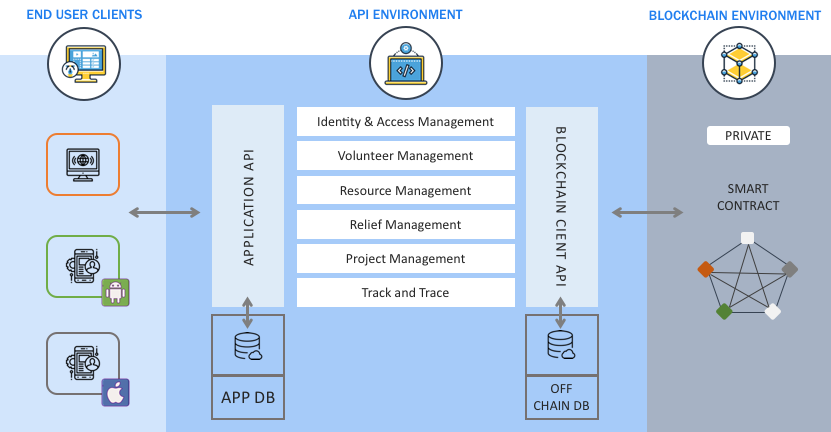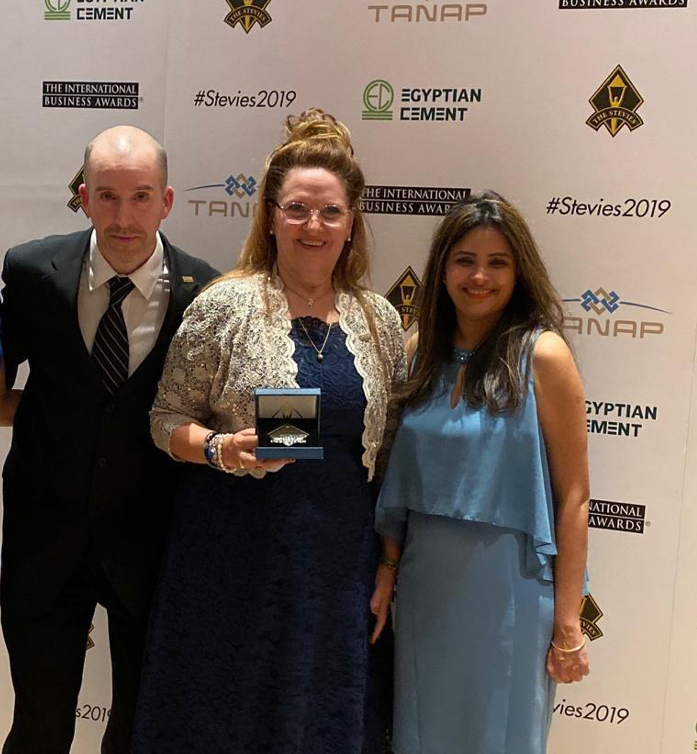In 2018 there were 315 natural disaster events recorded with 11,804 deaths, over 68 million people negatively impacted, and US$131.7 billion in economic losses across the world. Fast forward to 2020, and we can expect regular occurrence of hurricanes, tornados, forest fires and other natural disasters but now against a backdrop of communities strained to the limit by a global pandemic.
Regardless of when or where they happen, the impact of natural disasters is tremendous and affected communities require time, energy and resources to rebuild. During and after these natural disasters, companies, relief agencies, and non-governmental organizations collaborate with the local, state, and national governments, along with residents in the communities to manage the relief efforts. These stakeholders often face a range of operational challenges during the disaster management efforts.
Key Challenges During Relief Efforts
The key challenges faced by organization during relief efforts include:
- Lack of trust, transparency, and auditability of the relief efforts to ensure resources are used for the intended purpose(s)
- Cumbersome registration process for volunteers
- Lack of coordination across organizations
- Lack of single channel or process for donors and agencies
- Difficult collection and distribution efforts leading to duplication of efforts and waste
- Missing or improper recording of activities and transactions associated with the relief efforts
Miracle Joins Hands with Chainyard
The Miracle Relief Collaboration League (MRCL) is a 501(c)3 not-for-profit corporation, registered in the state of Texas, with a focus to serve those impacted by disaster events. MRCL was looking for ways to address the above challenges in order to connect needs with resources in natural disaster relief efforts such as hurricanes and floods.
Through common associations, Chainyard was introduced to MRCL and its mission. After learning more about the mission, Chainyard joined the effort to address these challenges.
A Closer Look at the Challenges Revealed Blockchain Potential
From the point of view of enterprise architecture, relief efforts involve collaboration between various parties, meeting demands and exchanging goods – this is a classical supply chain where broken logistics hamper progress.
“Rarely does a location struck by a natural disaster lack parties willing to donate aid, in the form of food, medicine, shelter and other essential supplies. The problem is one of logistics. Effective emergency response to a natural disaster requires rapid, coordinated action among multiple parties.”
– Robert J. Bowman, Supply Chain Brain
A blockchain solution was ideal to address the above challenges. Examples include the following:
- A common platform: Blockchain brings collaboration and coordination among all stakeholders involved in relief effort by having a single, trusted ledger.
- Immutable data: Once data is recorded, it cannot be easily changed, creating an audit trail and trusted system for collection and distribution of goods and services.
- Secure sharing & management: Documents and personally identifiable information (PII) can be securely managed and shared with need-to-know parties. This enables compliance with privacy regulations across different geographic regions.
- Demand reporting: Demand (needs) from different areas can be recorded on a single network by trusted participants and met by different agencies. This can avoid duplication and wastage.
- Improve trust with 3rd party verification: Needs can be verified by 3rd parties to increase the trust.
- Tracking and visibility: Inventory of supplies can be tracked from receipt into the warehouses until delivery to the end receiver. This improves transparency and facilitates logistics, leading to faster responses and avoidance of duplication of efforts across relief organizations.
- Honoring volunteer effort: Volunteers hours can be captured, tracked, rewarded and audited. Incentives, even if just recognition, can lead to more community engagement.
- Future Tokenization: Potential future tokenization and linkage to stable coin can be used to incentivize volunteers to help
Designing the Hyperledger Fabric Blockchain Solution
The Chainyard team worked with MRCL leadership and volunteers to build a blockchain-based solution that replaced the old MS Access application. The architecture is based on Hyperledger Fabric and the solution is running in pilot on Google Cloud.

Primary design considerations for using Hyperledger Fabric were:
- Identity of members is a critical factor for creating trust in disaster relief efforts. Fabric platform provides permissioned membership with right data protection regulations.
- Privacy and anonymity of transactions is critical for some of the stakeholders involved in relief efforts. At the same time making this information available for audit and compliance reviews is also critical. Fabric provides support to make data on a need-to-know basis.
- Immutable distributed ledger that allows all stakeholders to verify and share demand & inventory of supplies, proximity to affected areas, and coordinated communication with end to end visibility.
- Faster development cycle that leverages widespread programming language support, mature tool set, and community of skilled resources contributing to the open source project.
Solution Highlights
The highlights of the pilot run on the Minimum Viable Product (MVP) are as follows:
- Anytime, anywhere access with a smartphone to record a request for help or any related communication. Please note existing MVP does not offer mobile interface.
- Successful registration of all stakeholders involved in the disaster relief efforts –inclusive of relief organizations, volunteers, government agencies, medical service providers, and support infrastructure providers (e.g., transportation, shelters and warehouses). Please note existing MVP has limited organizational function support.
- Successful recording of all donations on the ledger.
- Verification and management of assistance to impacted communities
- Successful coordination of volunteer efforts.
- Successful recording of the distribution of good and relief services.
- Successful delivery of transparency, privacy and track & trace capabilities.

Figure: A sample screen from the application
Industry Recognition
The solution has been honored by Stevie Awards with a 2019 Silver Medal International Business Award for Community Engagement.

Kathryn Ingerly, Lee Duncan of MRCL, and Sri Nidamarty of Chainyard with Stevie Award
Development Team
Chainyard had a team of five led by Mohan Venkataraman CTO of Chainyard who closely worked with Kathryn Ingerly, Derek Harrison and Lee Duncan, each representing MRCL. The technical development of this project was sponsored by Sai Nidamarty, Co-Founder and CEO of Chainyard, as part of Chainyard’s Corporate Social Responsibility initiative.
Authors
Gigo Joseph, Vice President International Business Development, Chainyard
Isaac Kunkel, Sr. Vice President Blockchain Services, Chainyard
Featured image by Kevin Skow, NOAA Weather in Focus Photo Contest 2015 (CC BY 2.0)
Sign up for the monthly Hyperledger Horizon & /dev/weekly newsletters
By signing up, you acknowledge that your information is subject to The Linux Foundation's Privacy Policy